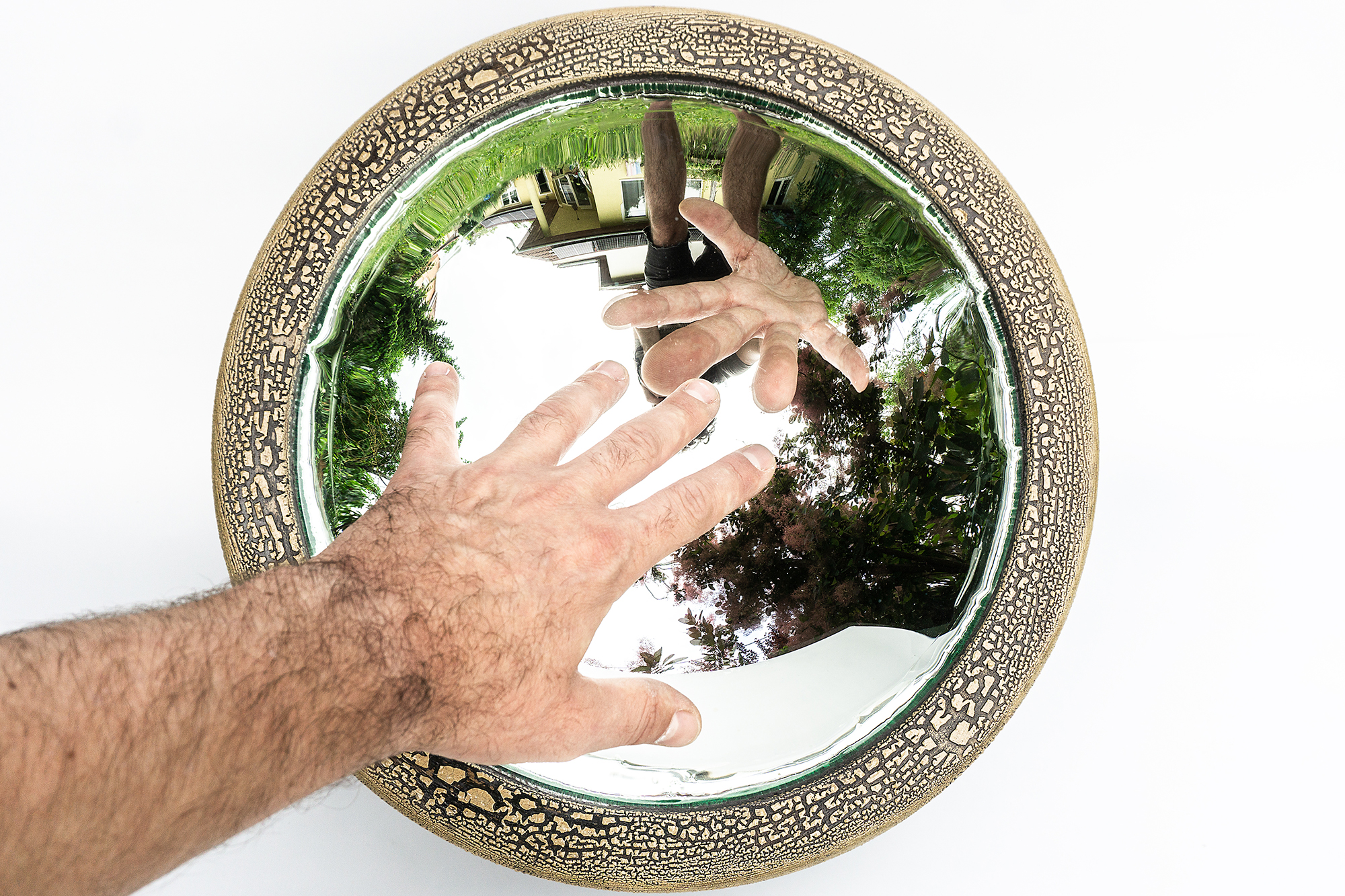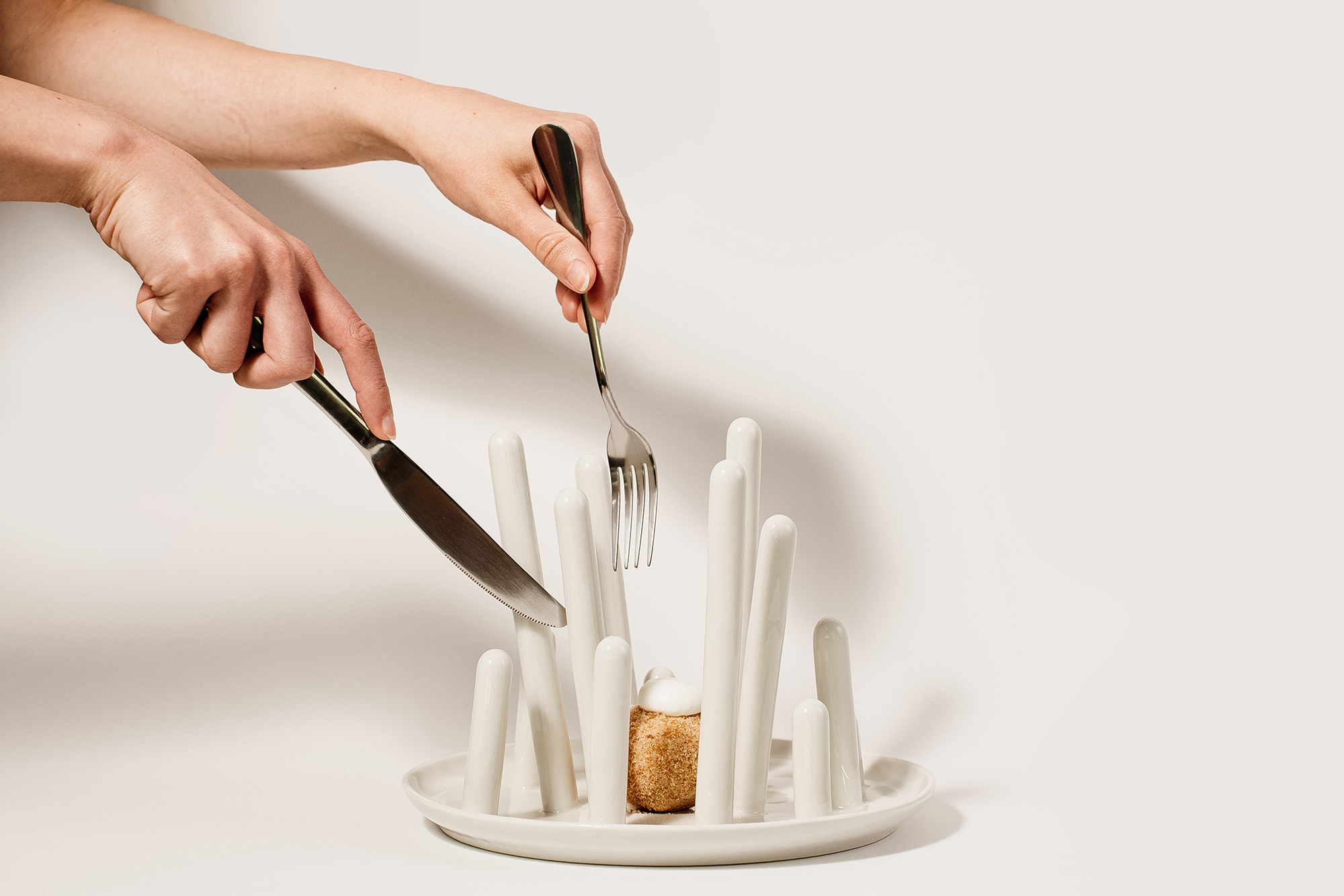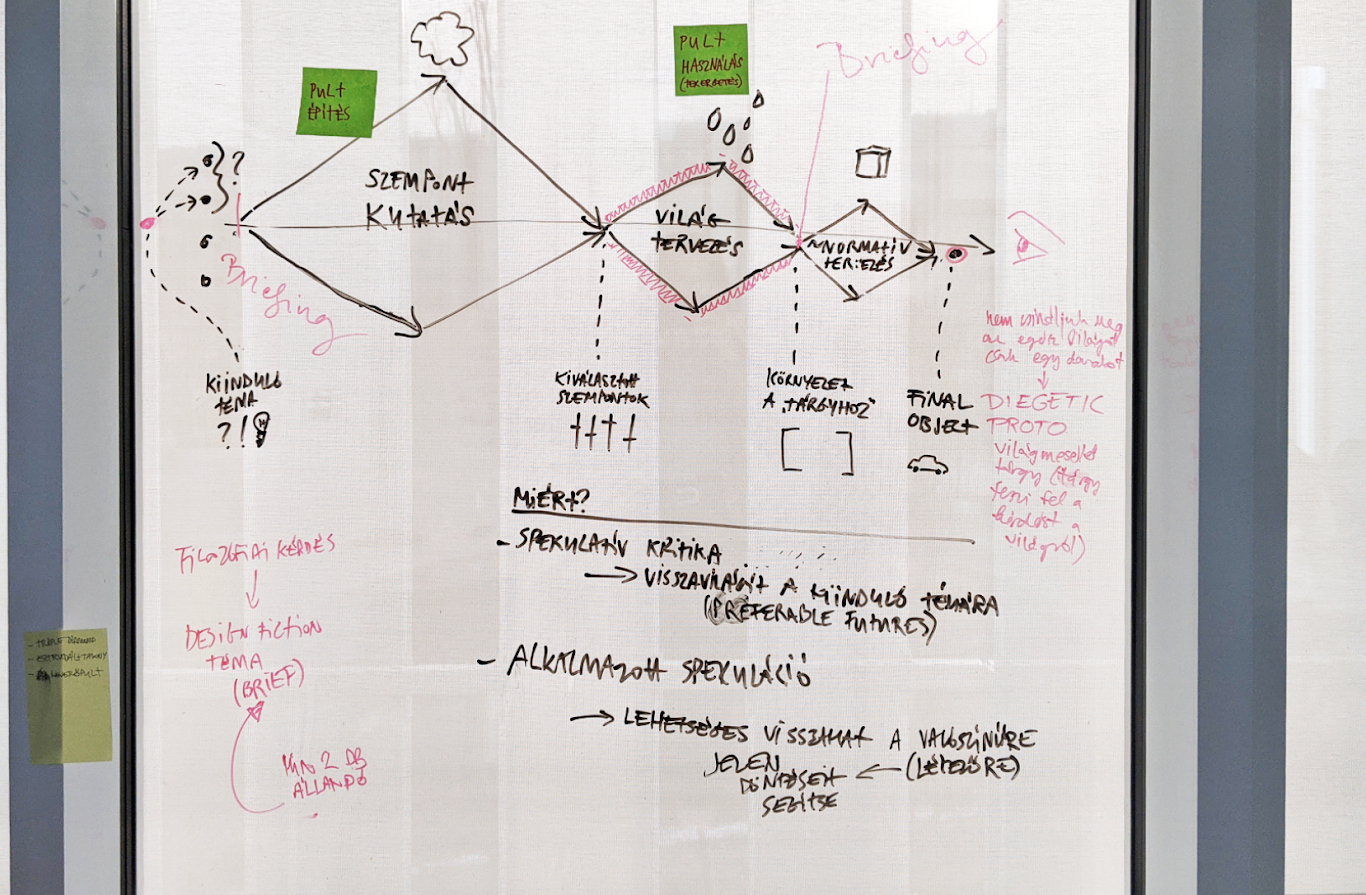
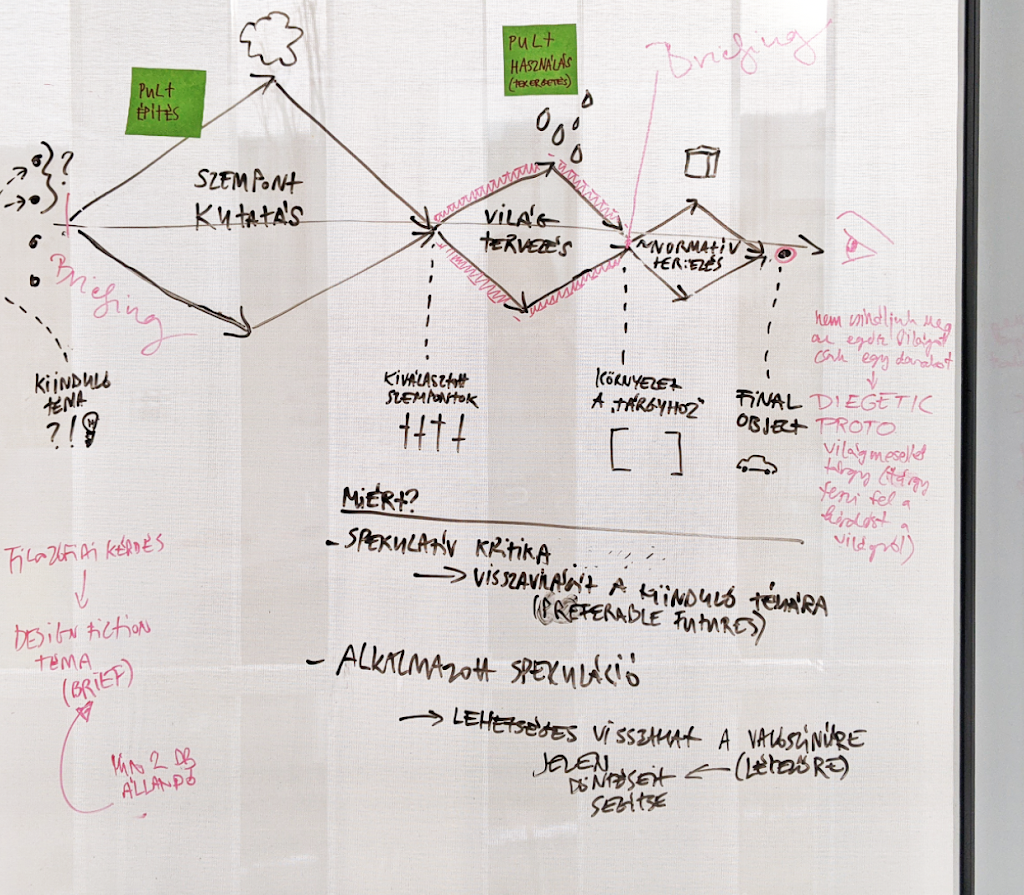
“We are looking for a mindset, not just technical skills” – Interview with Anna Naszádi
In our mini-series Interaction Design, we talk to professionals working in the field of digital product design, user experience (UX) or user interface (UI) design. Previously we talked to Tamás Fogarasy, leader of MOME’s Interaction Design MA programme and now we asked Anna Naszádi, researcher at the MOME Innovation Centre, about the past and future of the field.
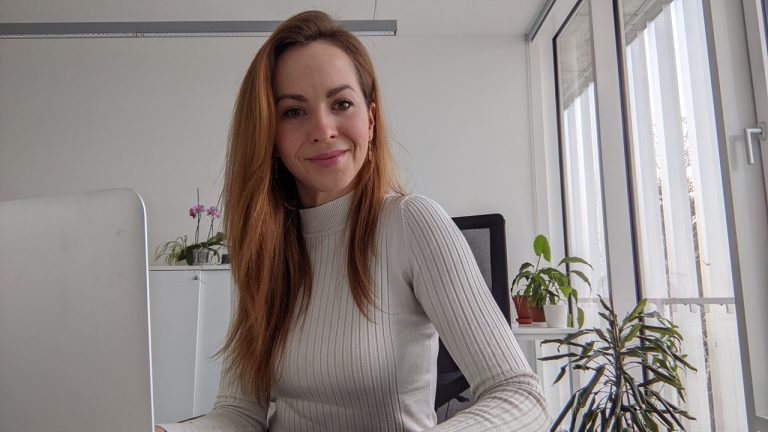
You’ve come a long way since you graduated from MOME. Can you tell us about your university years?
I studied industrial product design both for my BA and my MA degree. That it took me much longer than five years to learn it is another matter. Perhaps what I did differently during the training from what I was expected to was to seek out classes with a touch of the humanities to them that were focused on the narrative, on the human in action, rather than a specific product.
In your MA thesis, you covered a very interesting subject, synaesthesia, for which you also created an application.
It is practically an expectation to have a strong personal connection to your thesis subject. For me, synaesthesia as a mental phenomenon was so interesting at the time because it was about me. I realised it during my years at the university that I had it, or rather others didn’t have it. I became so absorbed in it that I started reading a lot of psychological publications on the subject, and was exhilarated to recognise myself in some of the case studies. From that time on, work started to become partly a project for self-awareness. Encouraged by Pál Koós, my supervisor at that time, I got started on my journey of finding a way to deliver this benefit – of a better, more accurate memory that comes with synaesthesia – somehow to people with no synaesthesia in the form of a product. It was quite clear to me that this was only possible using a digital platform… By then I was obsessed with the idea of designing products for the digital space instead of physical objects. I knew nothing about it, so it seemed exciting, and naturally I was also a little motivated by the fact that many questioned the place of UX at the department back then. At the same time, my supervisor never doubted for a moment that it can hold up to other diploma subjects in product design, and I also had a great conversation with Stefan Lengyel, who, as one of the major figures in classic industrial product design, was absolutely positive about and open to UX. For that, I am grateful to them to this day.

Did you have a clear idea of what you wanted to do after graduation? Are you now working in the field where you wanted to?
I did, certainly. In my first year. I wanted to be a famous star designer like Philippe Starck or Marcel Wanders. From that point on, I gradually started losing my vision of where I wanted to be in this industry. When I first encountered the user experience field during my internship at a small design studio in Barcelona, it was love at first sight. After returning home, it was clear that this was the path I was going to take. At the time, the field signified by these two letters were still new and unknown in this country, and I would always get quite indignant whenever someone didn’t understand what I did for a job. Over the past ten years, these two letters have become filled, even oversaturated, with meaning that I cannot or would not fully like to identify with. I haven’t always been proud to have to call myself a UX designer.
After university you started working for Kitchen Budapest, where you were both a UX designer and a UX researcher.
I originally applied to the KIBU incubation programme with some friends and we got in. KIBU supported projects that were a fusion of art and technology, and our plan was to create a platform for couples to share housework in a perfectly fair way. At the time, I didn’t know that there were UX and UI, I just knew that a tool designed for people had to work and also look fine. I first heard about interaction design about ten years ago here at KIBU, and I still think to this day that both digital and analogue product design require exactly the same mindset, just different skills.
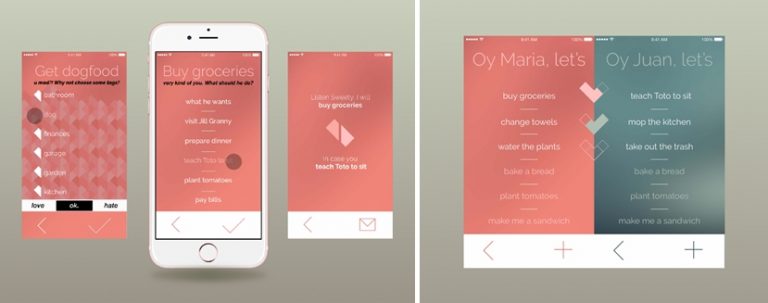
What has changed in the field since you started working in it?
A great deal has changed, and I probably don’t even know about much of it. I was first introduced to the corporate environment at Ustream (now IBM Cloud Video), and shortly after I started pursuing a line of work that I don’t necessarily associate with a typical career in UX – I became the ‘digital go-to guy’ at Flying Objects, a really cool design studio. There I was mainly involved in developments designed to translate scientific innovations into user products.
What skills does this profession require?
In this regard, I would like to highlight the process of how, over the years, jobs went from requiring a combination of knowledge of all fields – design, coding, graphics, project management – to being separated into UX researcher, UX strategist and UI designer. This is important because it shows that a deeper understanding of the different functions within design in this area was beginning to emerge. I see myself mostly as the researcher type: I’m interested in whatever depth in everything that has the slightest connection to the specific project. My years at MOME and my life have also taught me to make decisions based on the information I have accumulated, although the anxiety I feel about this as a designer is still part of my everyday life.
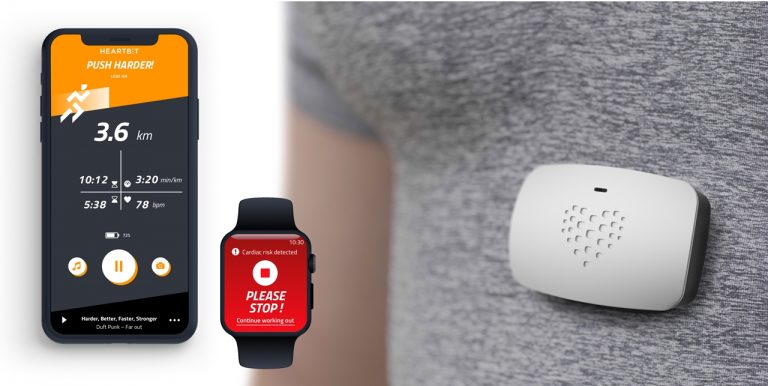
You are at present also working at the MOME Innovation Centre. What is your main focus there at the moment?
My main area of research at the IC is speculative design; I am exploring the business and scientific applicability potential of this methodology. This may seem like a far cry from interaction design at first, but if someone, for example, is accepted to the MOME Interaction Design course launching in the autumn, they will spend a whole semester focusing on design speculation. We train the designers of the digital space, and this space is growing and changing exponentially by the minute, confronting designers, decision-makers, and common users with new moral dilemmas every day. It is important to develop the ability to look further than what the outlook for a few years’ market success for a particular application, platform or service requires, reflecting on how our design choices help or hinder the building of a future that we think is good.
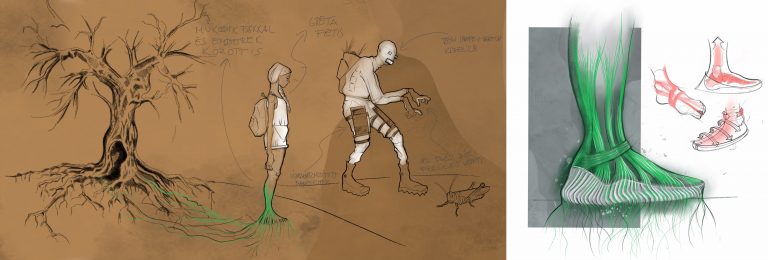

What else is there to know about the Interaction Design programme?
I think that the launch of this course has been on the agenda for many years. I’m certain that, along with me, most of the representatives of the industry in Hungary gave a sigh of joy and relief when learning that the IxD Master’s programme at the University is being developed under the direction of Tamás Fogarasy. It is going to be a very intensive four semesters, logically-structured yet flexible enough to allow the programme to be adjusted as necessary according to the experience gained and needs arising during the course. Tamás already takes every opportunity to involve prospective students in planning their own curriculum. I think this approach is unique and demonstrates how up-to-date the new course will be. Teachers include many prominent experts who are also active practitioners.
Who do you think this training is for?
Not for total beginners or enthusiastic amateurs. Two years would not be long enough to help students progress from zero to the rather high level that this curriculum sets as a goal. It requires some prior qualification, but the type of qualification can range very widely. At the moment, we see that most of those interested have a background in graphic design, yet we also welcome people from the fields of sociology, psychology or even computer science or engineering. Basically, what we are looking for and want to develop is a mindset, not just technical skills.
What do you think the future holds for those completing the training?
If they want, they can get an unlimited amount of jobs – for real. I can guarantee that as an interaction designer, you won’t need to look for clients, and the MOME brand stands for prestige and quality assurance in the market. I secretly also hope that some of our prospective students will perhaps choose research instead of business and join me in thinking about the long-term future of the industry.
// /
You can find more information about the MOME Interaction Design course here.
